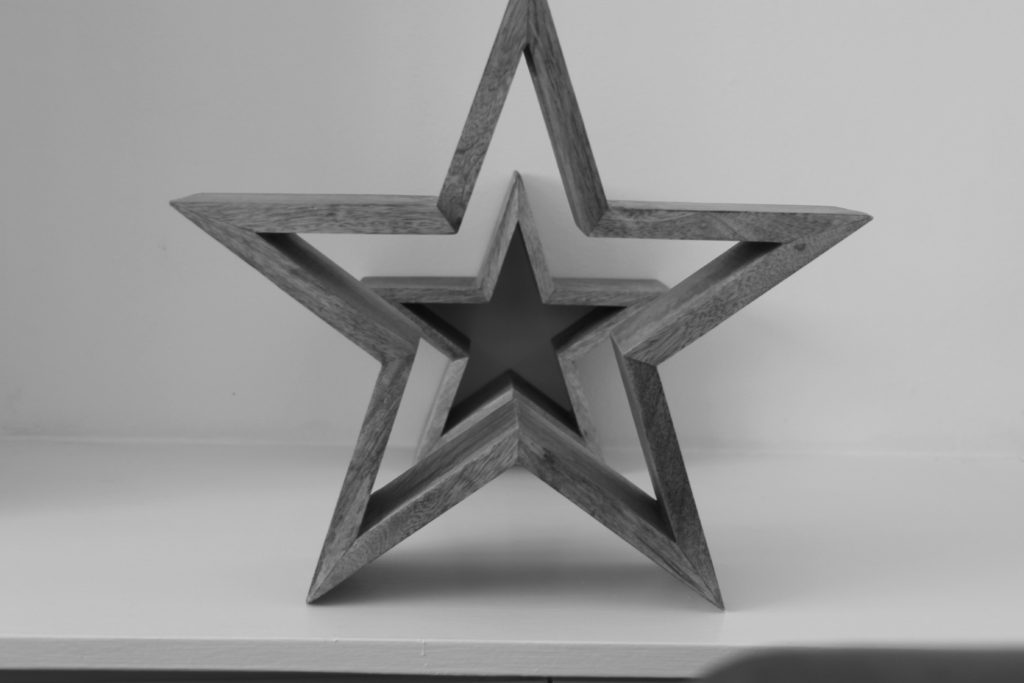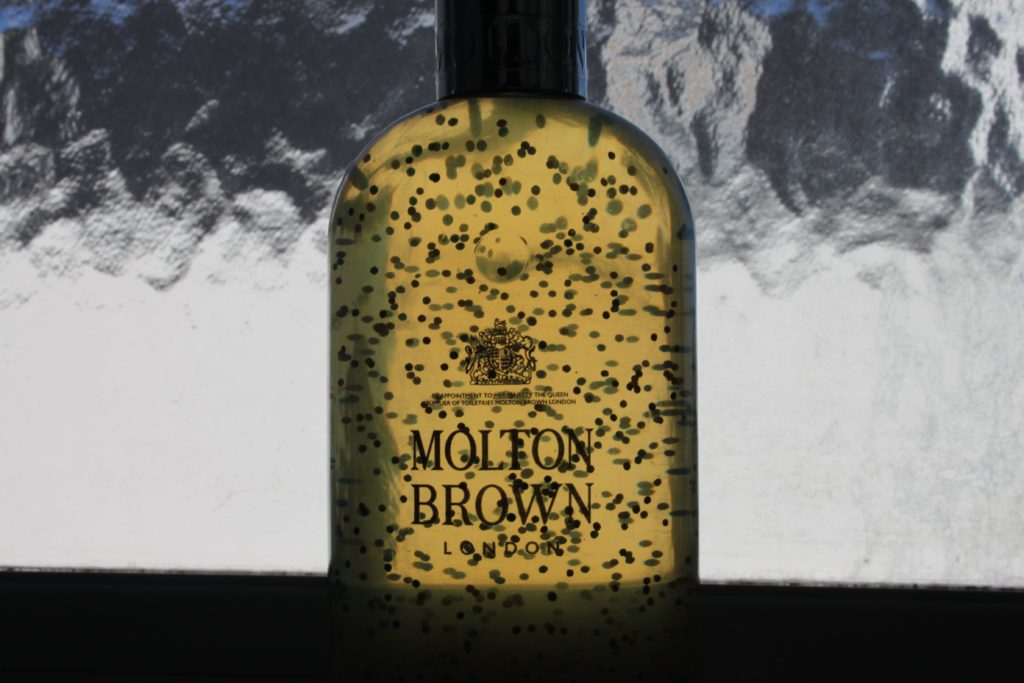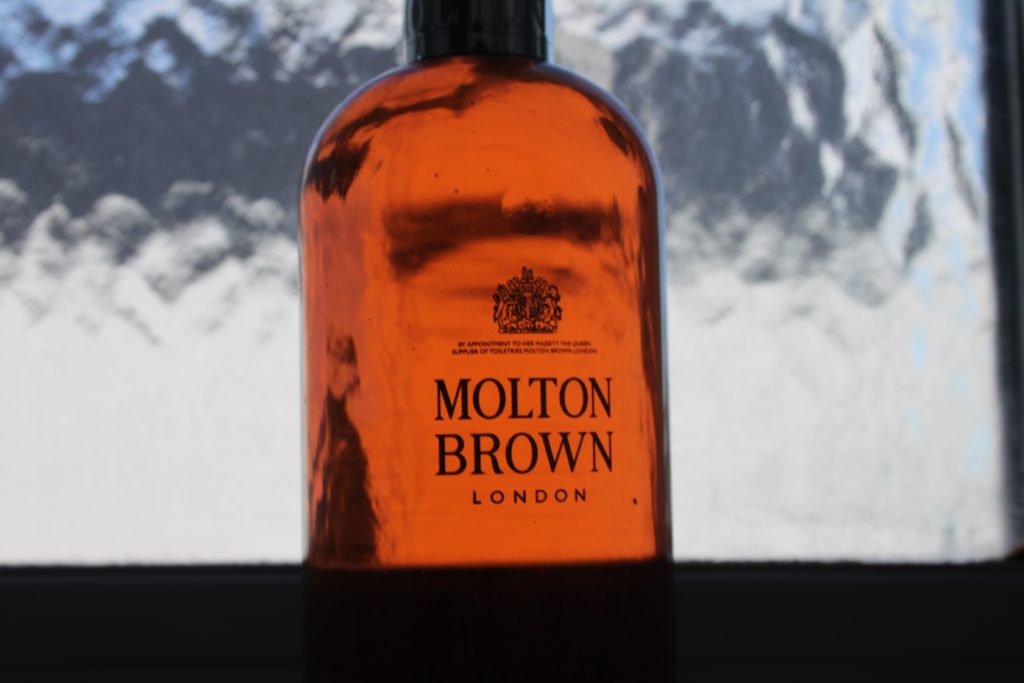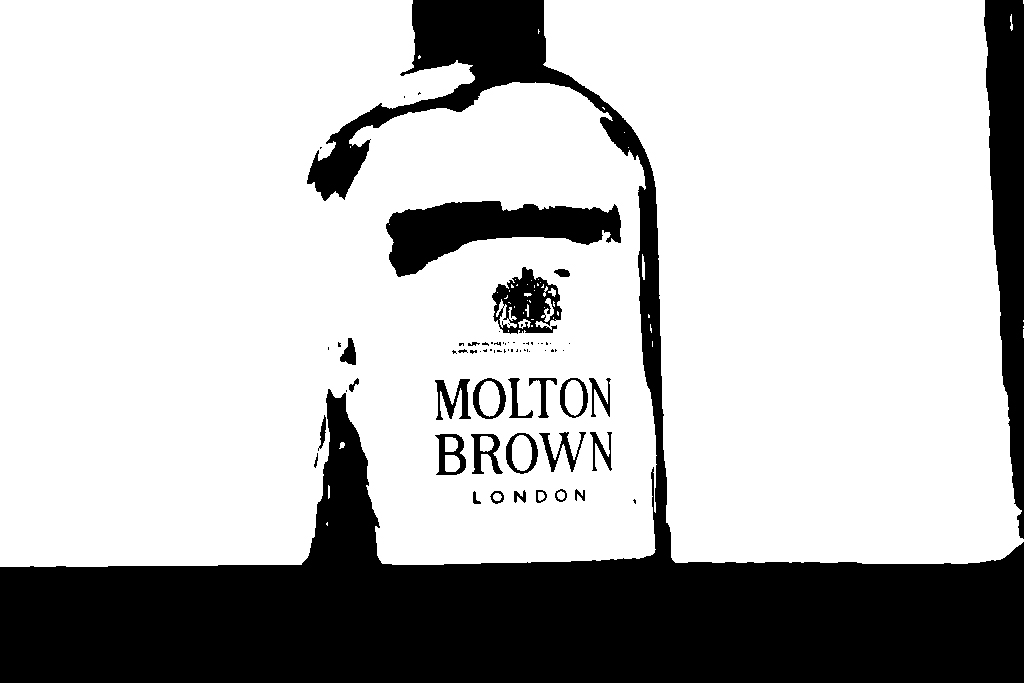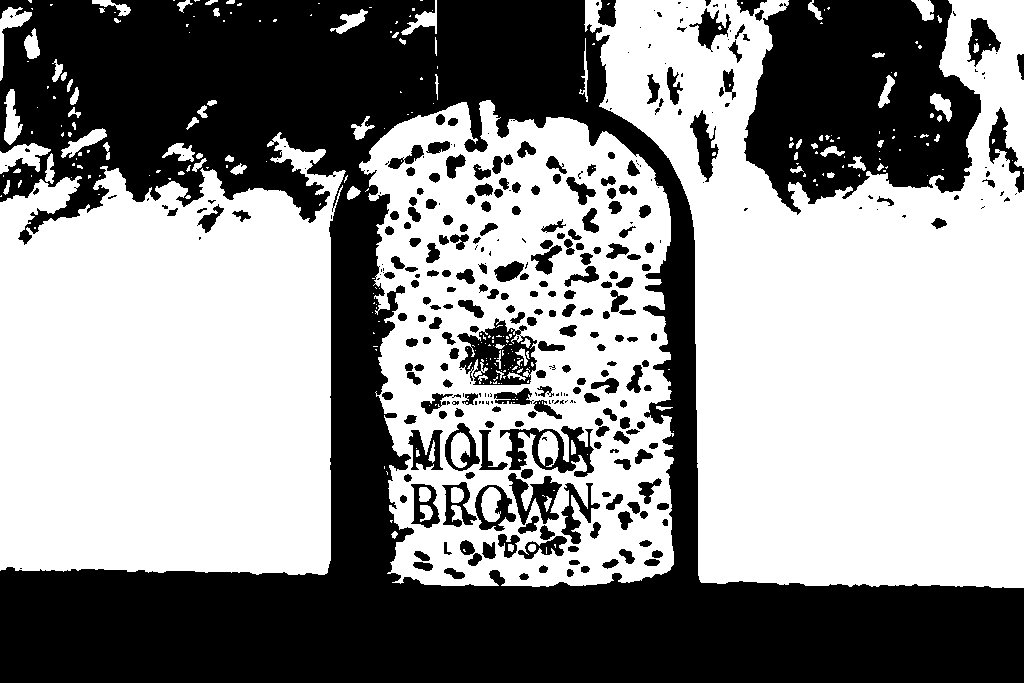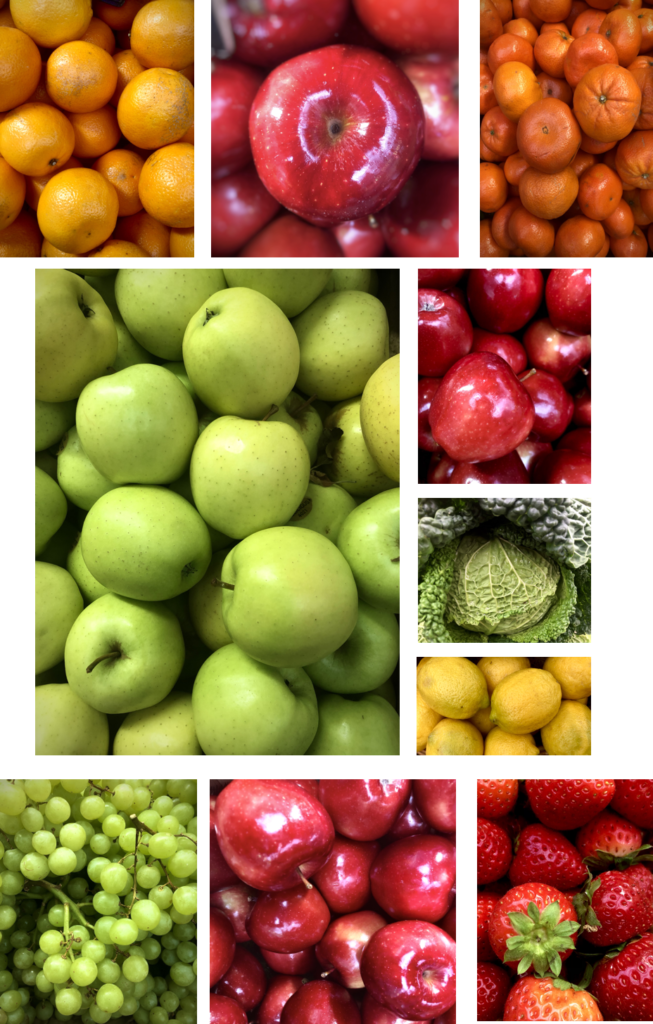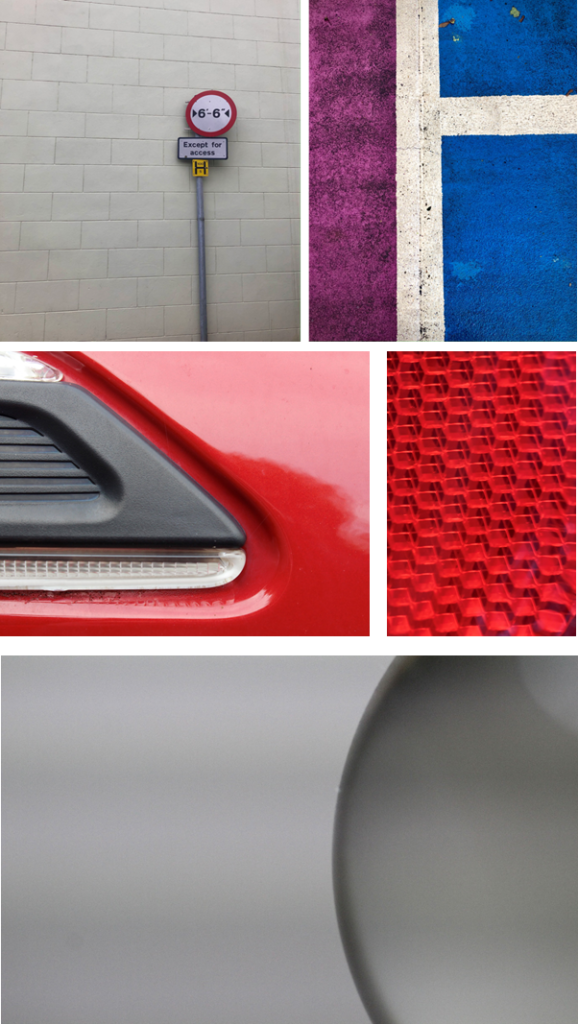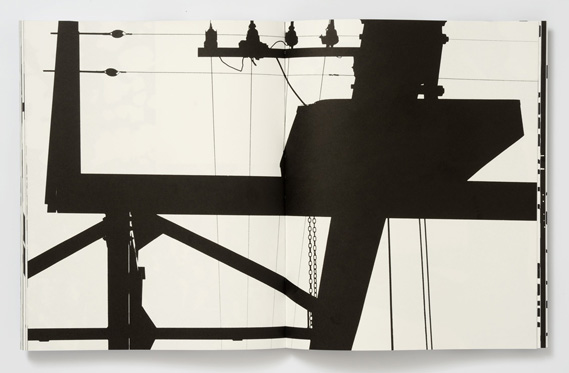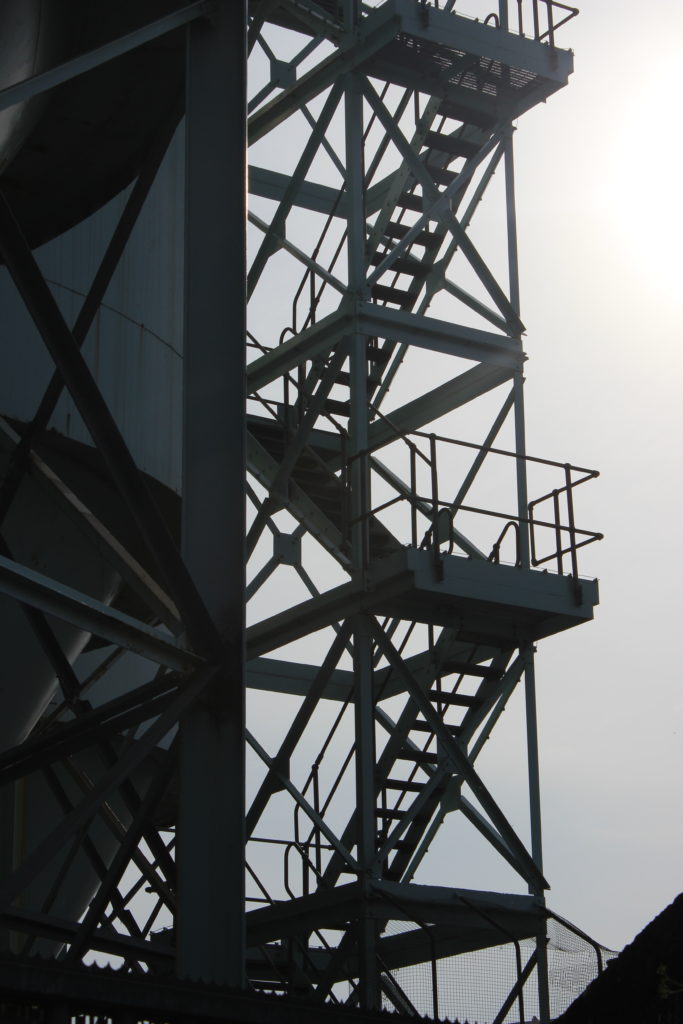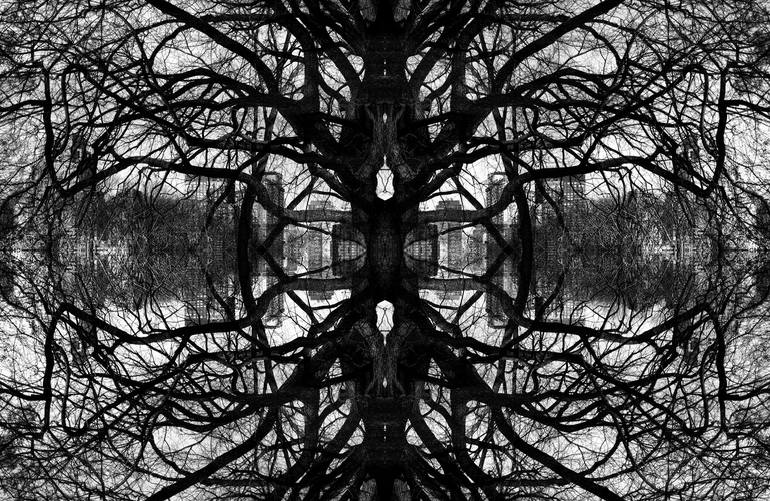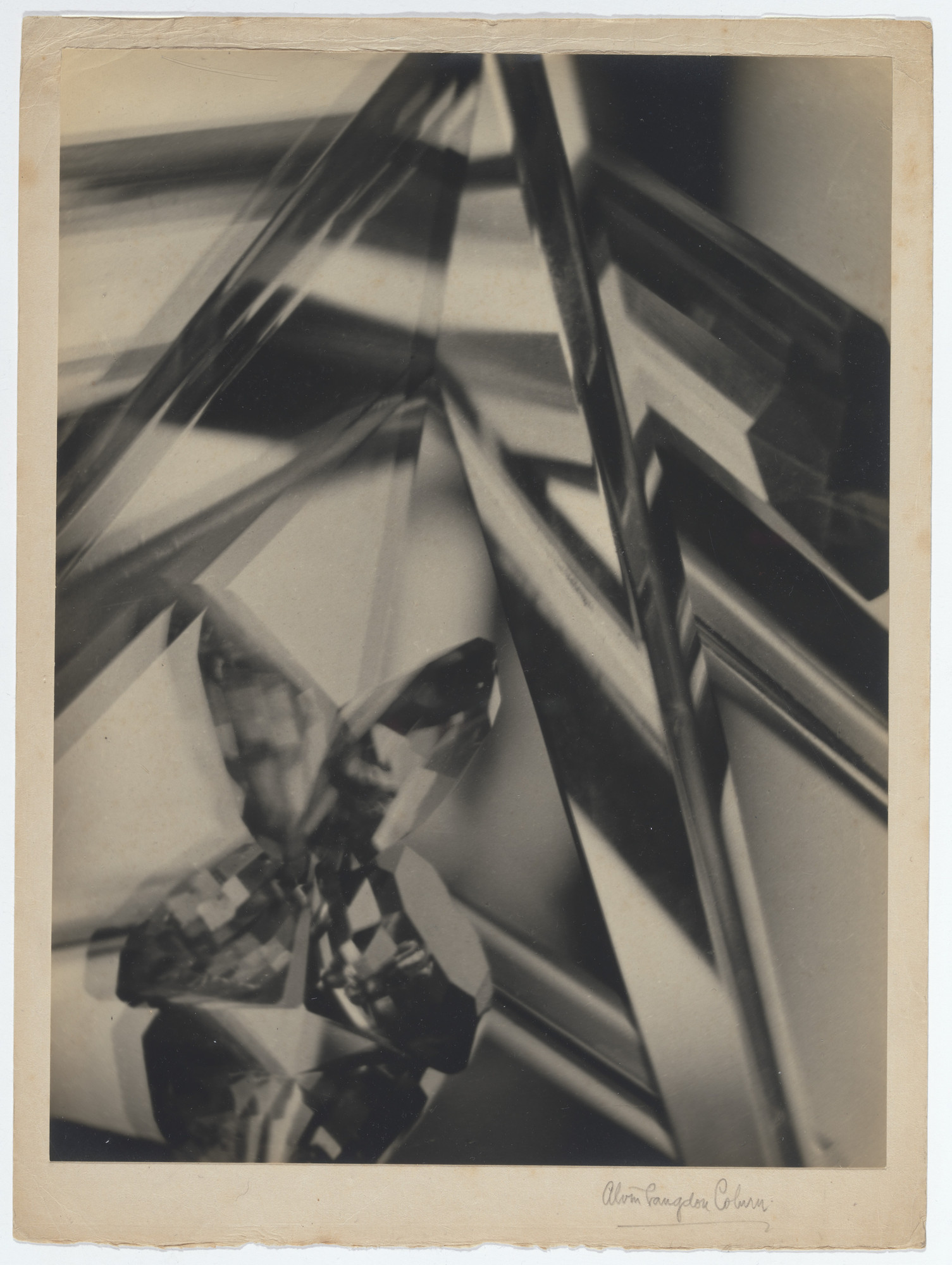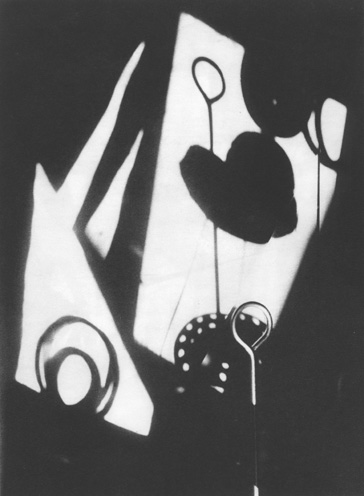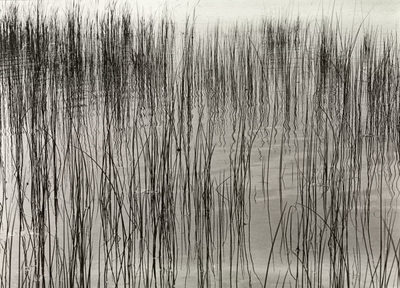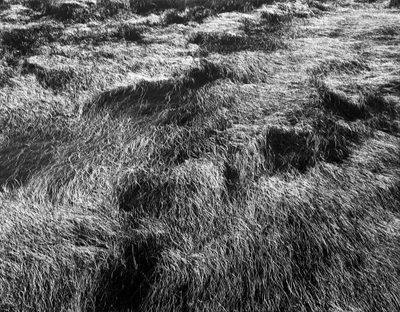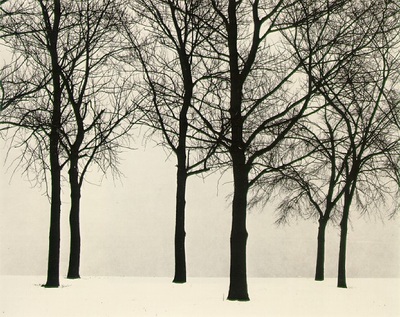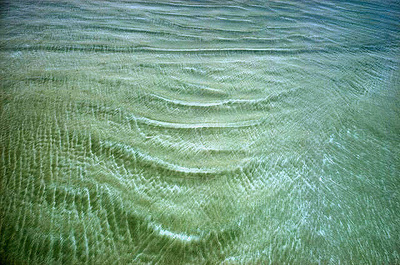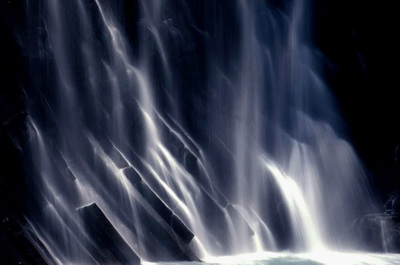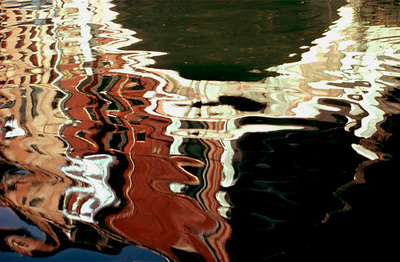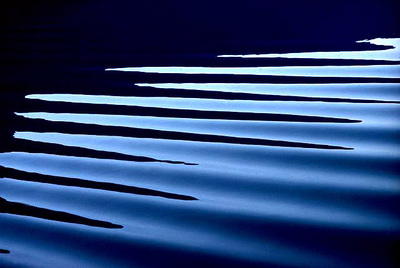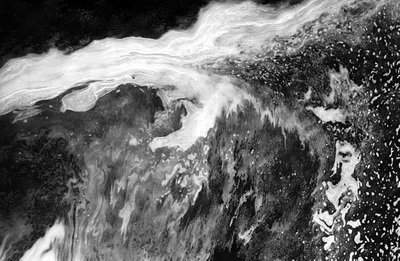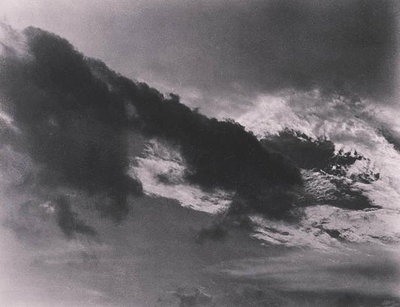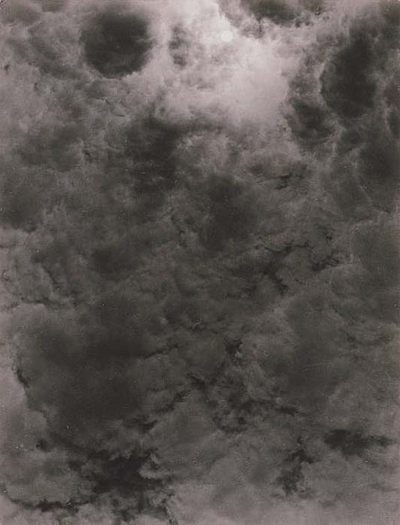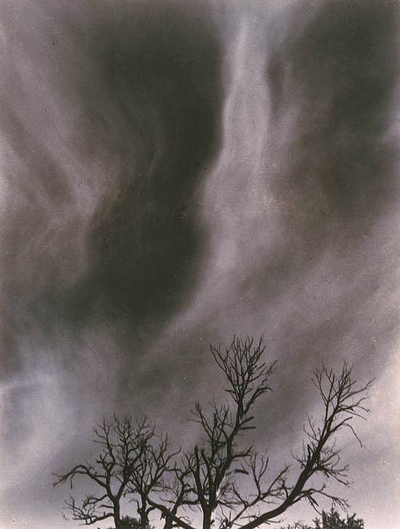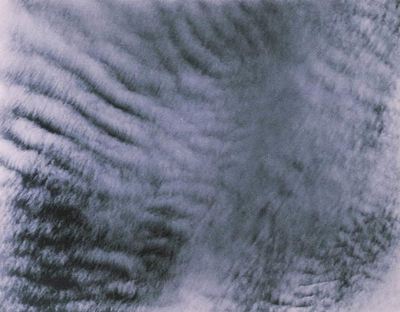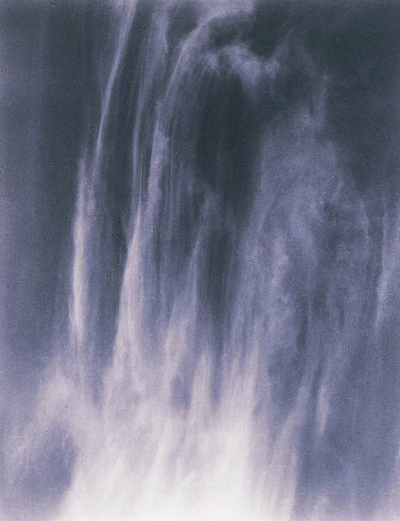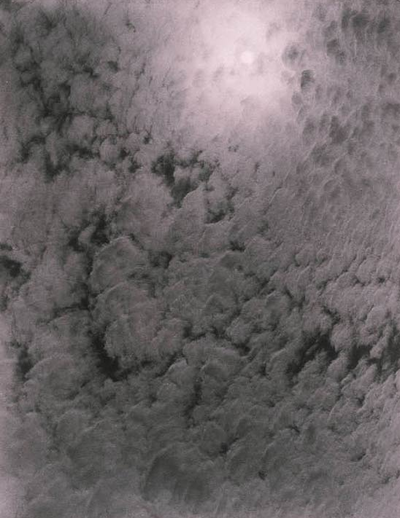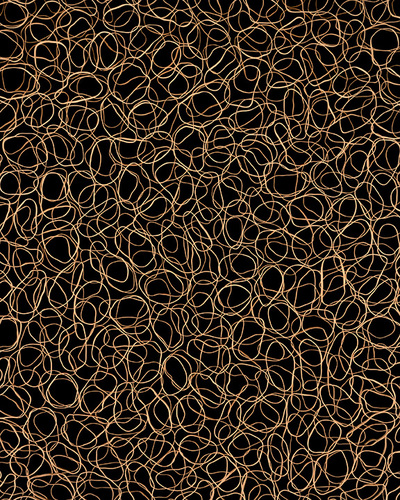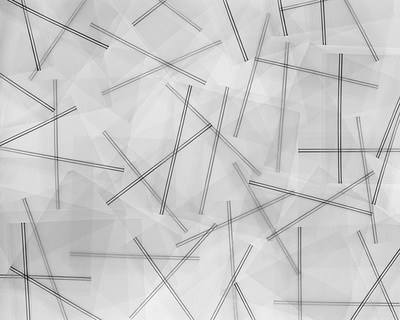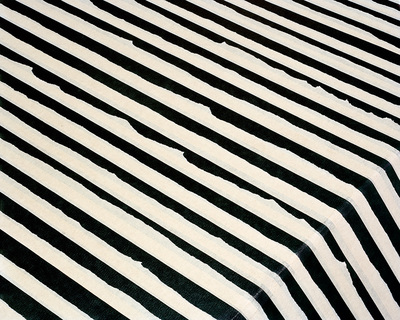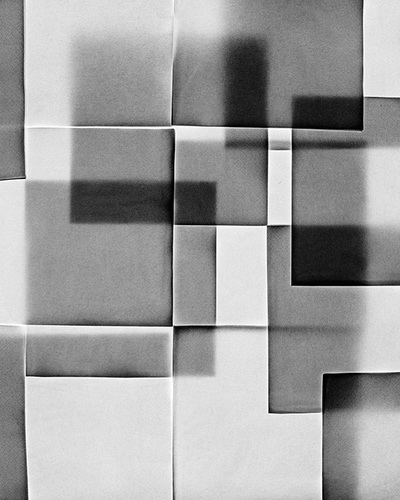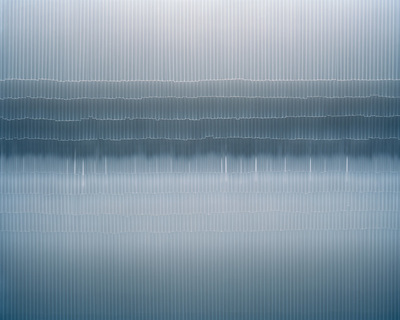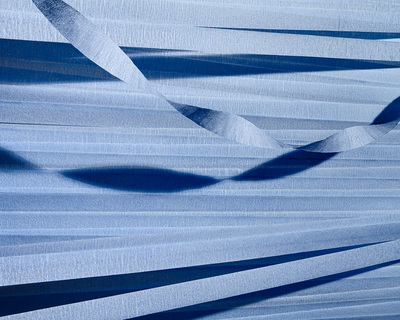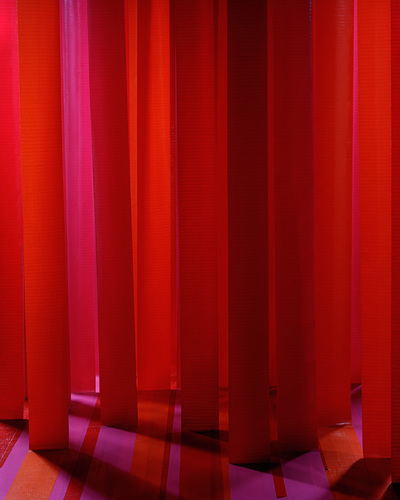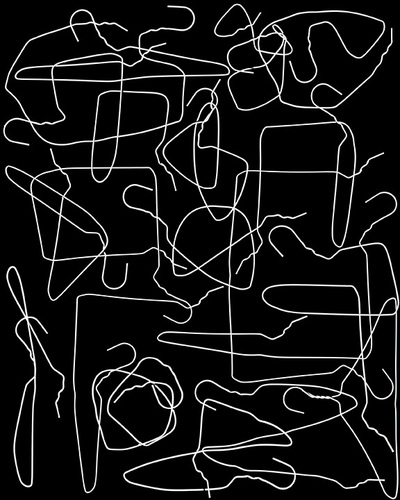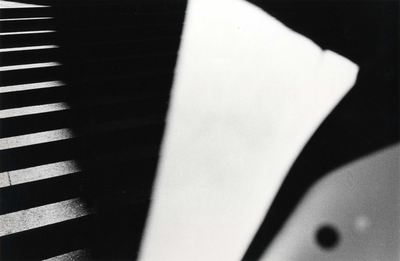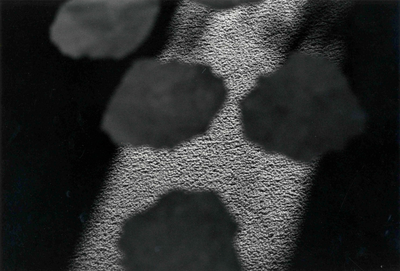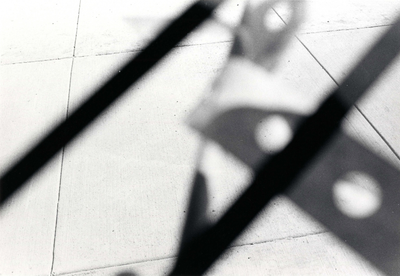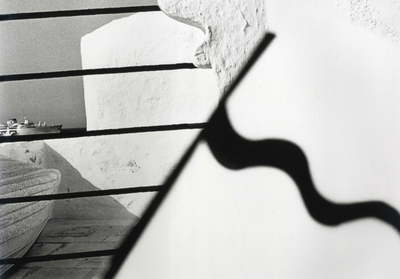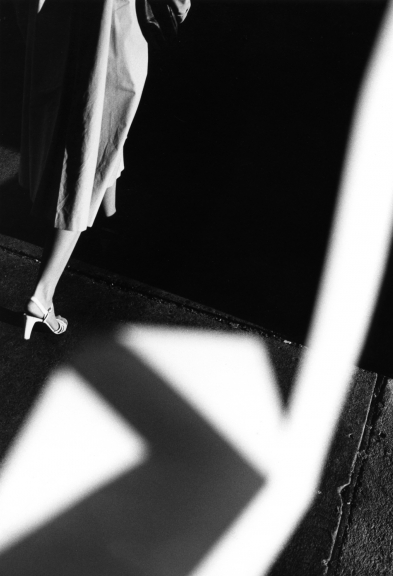Mood Board
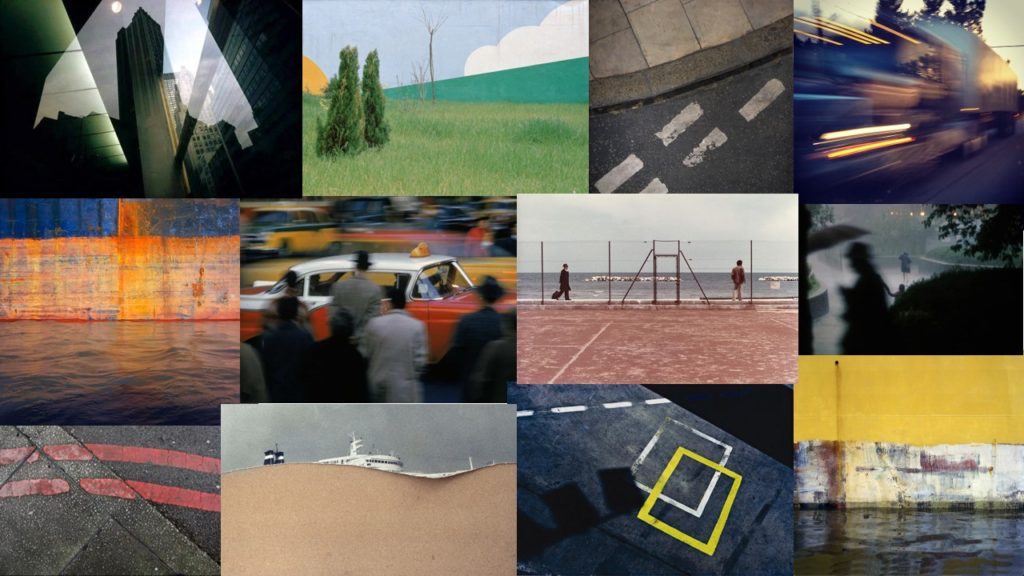
Ernst Haas
Ernst Haas was an Austrian-American photographer, born in 1921, who is known for being a pioneer of colour photography opposing the better liked black and white style at the time. With these photos he was able to capture an aspect of movement in his images, by using a slow shutter speed which creates a blurred effect. Haas stated that he was ‘Bored with obvious reality’, and chose to use his photography as a way of transforming this into a subjective point of view.
Image Analysis

This colour photograph taken by Ernst Haas displays a busy street containing moving cars and busses in primary colours, in the background, which contrast with the crowd of people in dark monochrome clothes, in the foreground. The blurred streaks from the passing yellow cars create directional, horizontal lines, that lead your eye across the image, from the foreground to the red bus in the background. You can see that Haas has framed this image to leave very little empty space, resulting in a crowded photograph.
In additions, the lighting of this image appears to be natural as it was taken outside, allowing for a small amount of shadows, meaning it was most likely during the middle of the day. Here, Haas has used a slow shutter speed to create a blur affect, to add the aspect of motion to his images. Due to the fact that most of this image is in focus, I can say that Haas used a small aperture, allowing for a wide depth of field.
From this photo you can see that Haas has taken this photograph with the aim of capturing his subjective point of view, similar to his other photographs, as the motion created by the slow shutter speed allows you to feel that you are presently there experiencing that moment for yourself.
Ernst Haas Inspired Photoshoot
Plan
In order to take photos in the style of Ernst Haas, using the slow shutter speed skill, I will aim to take photographs of passing cars along the Five Mile Road in St. Ouen. I will focus on capturing images containing primary colours, similar to Haas, by taking photos of coloured cars. To achieve the blurred affect I will use the Shutter Priority setting on my camera, allowing me to adjust the shutter speed as I see fit.
Contact Sheets
For my first shoot I took slow shutter speed images of cars going past along the road, through the window of my car. This is as the raindrops on the window created a texture layered over the image.
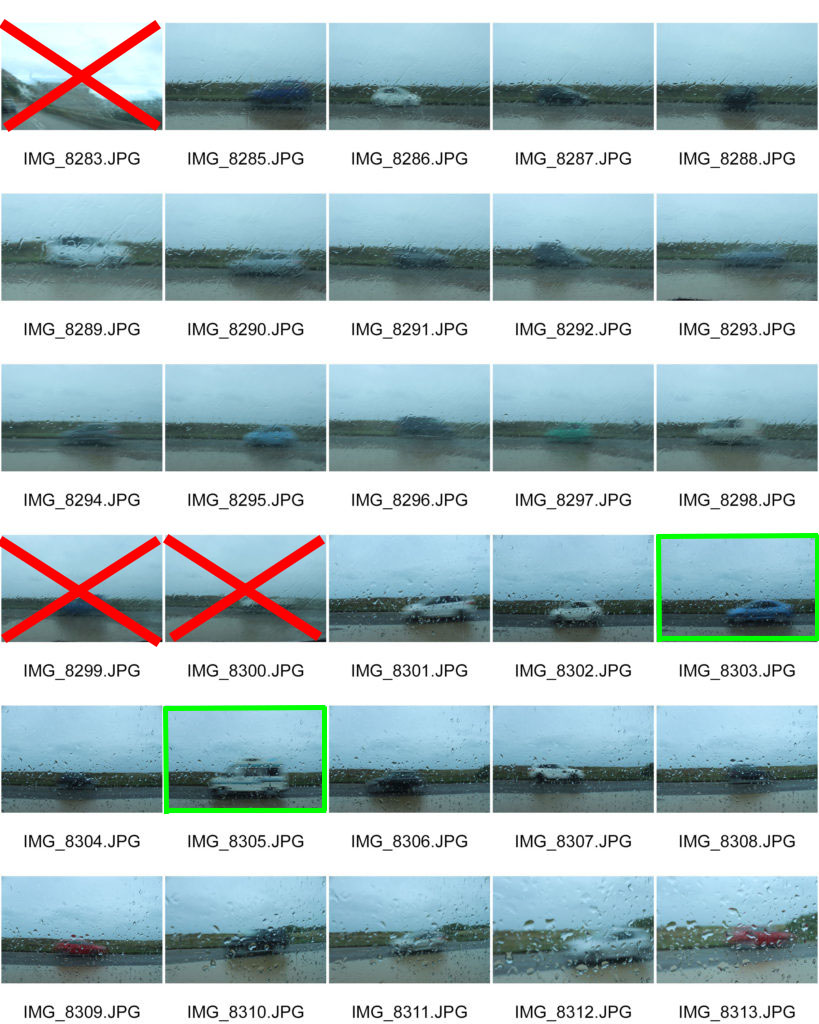
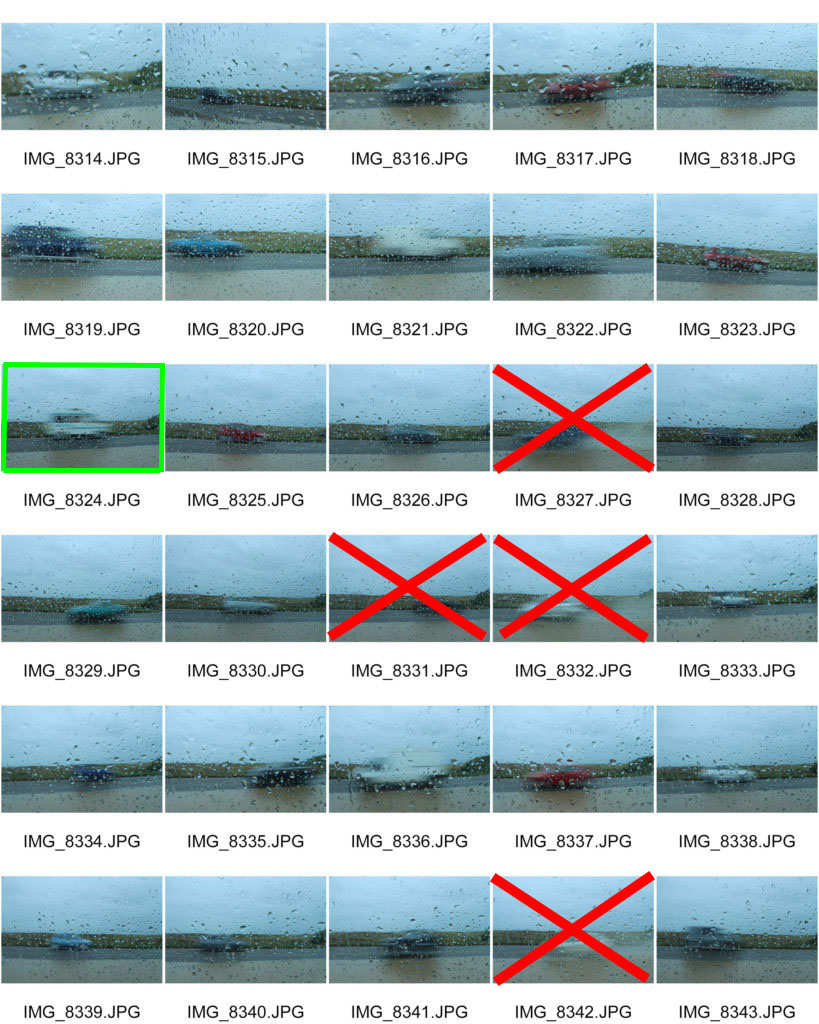
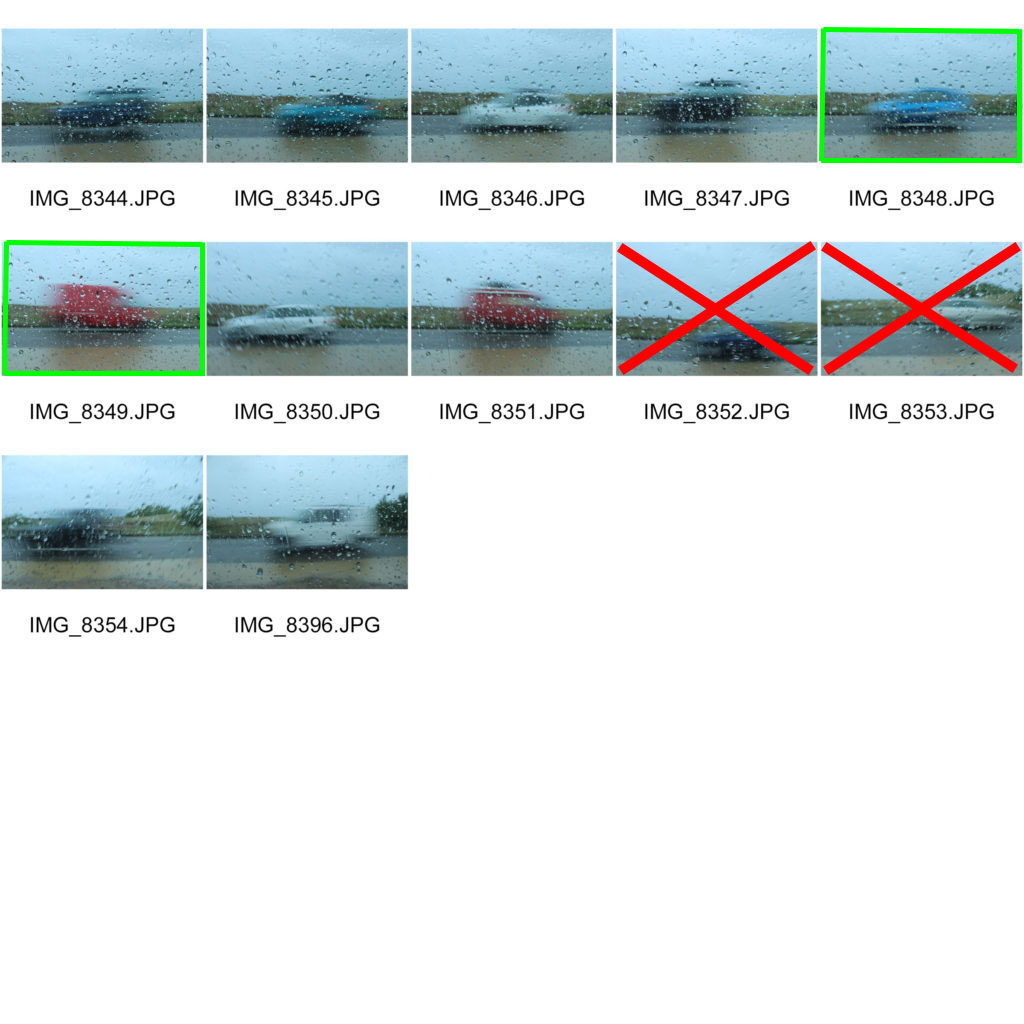
For my second shoot, I also took slow shutter speed photos of cars going past, however this time outside instead of through the widow. This allowed for the blurring of the cars to create strong, directional, horizontal lines moving across the image, similar to Haas’ work.
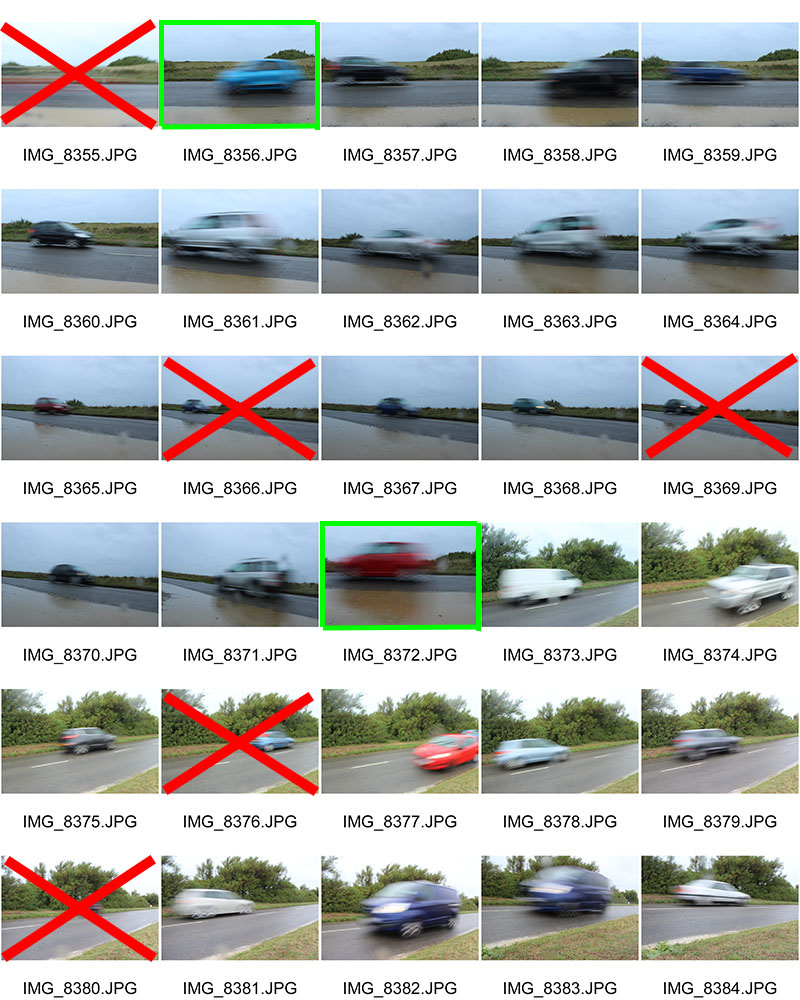
Here in these contact sheets I have highlighted the images I will edit in Photoshop in green, and crossed out the images that were perhaps too blurry or over exposed in red.
Photoshop Development
In photoshop I took five images from each shoot and edited them in a manner so they would look similar to the works of Haas. In order to do this I had to increase the vibrance and saturation to replicate Haas’ use of vivid colours in his compositions. I also used the channel mixer and colour balance to make these images appear warmer and less over exposed, due to the rainy conditions they were taken in, whilst also increasing the contrast for a more dramatic piece.
Final Image
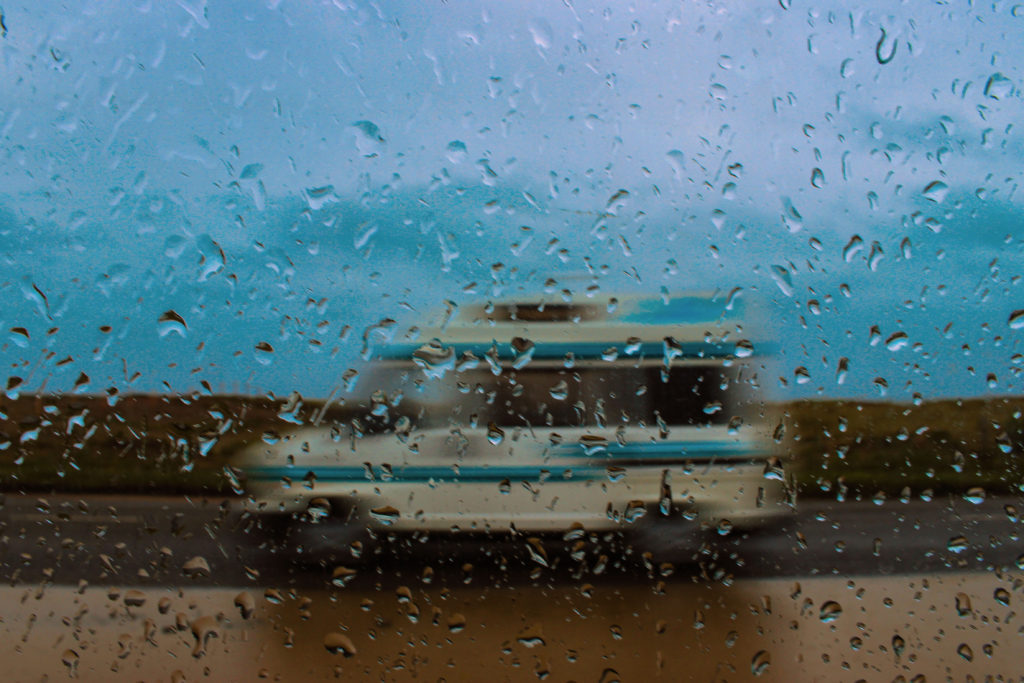
I think that this is my best image from this project as the stripes on the van allow for strong, directional leading lines across the photograph. Also, it replicates Haas’ use of primary colours slightly, with the incorporation of blue in the sky and on the van. In addition, I think that the raindrops add a nice aspect of texture, causing it to be a more interesting image.
Evaluation
In order to achieve better quality images for this style of photography, next time I could go into town to take these photos, as it creates more of a crowded scene, like Haas’ work, and includes more architecture. Also, I could use a tripod so that the only blur I capture in the images are from the motion around me and not the movement of my camera.








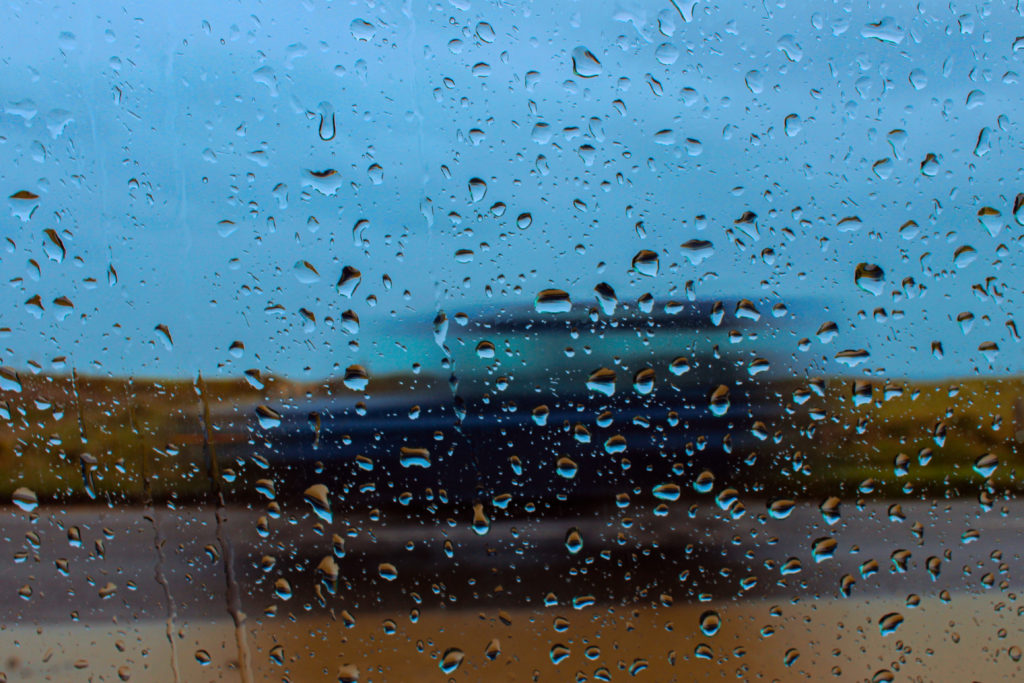


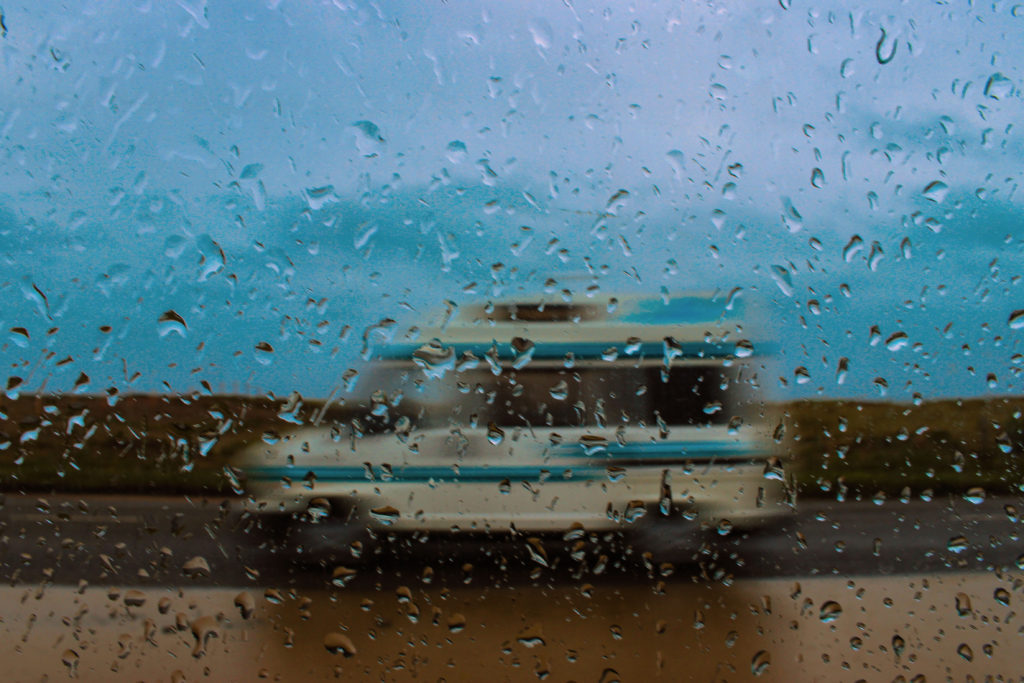

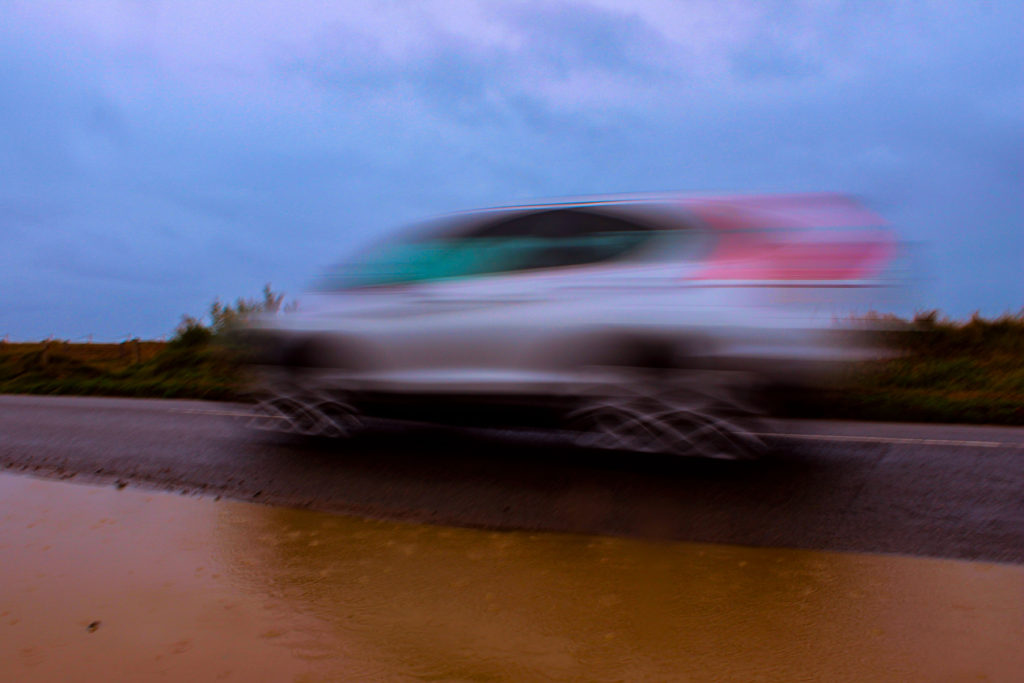


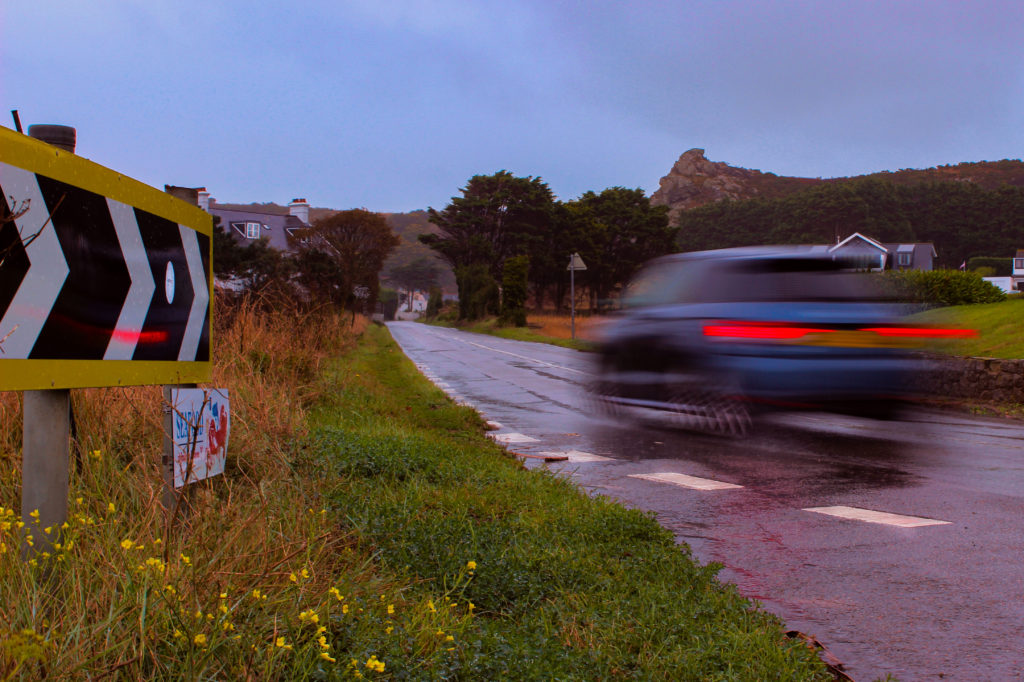


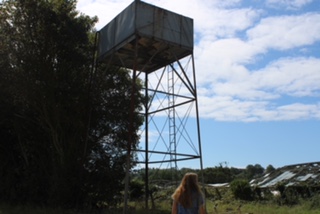
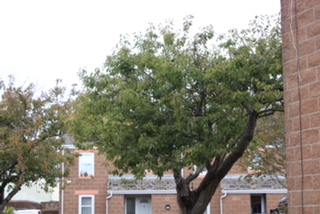
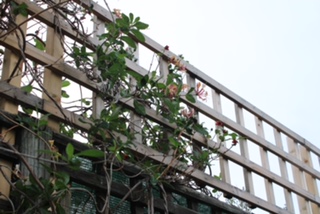


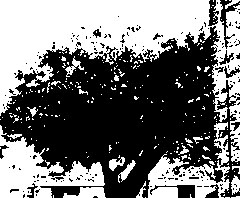
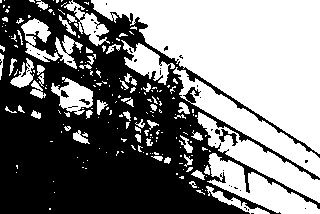
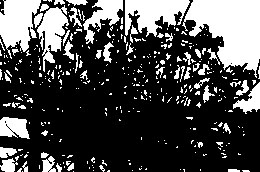
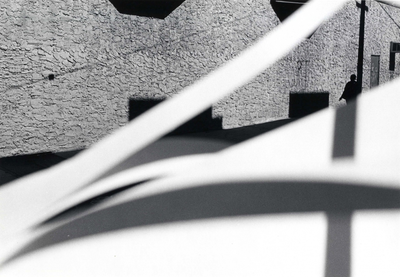


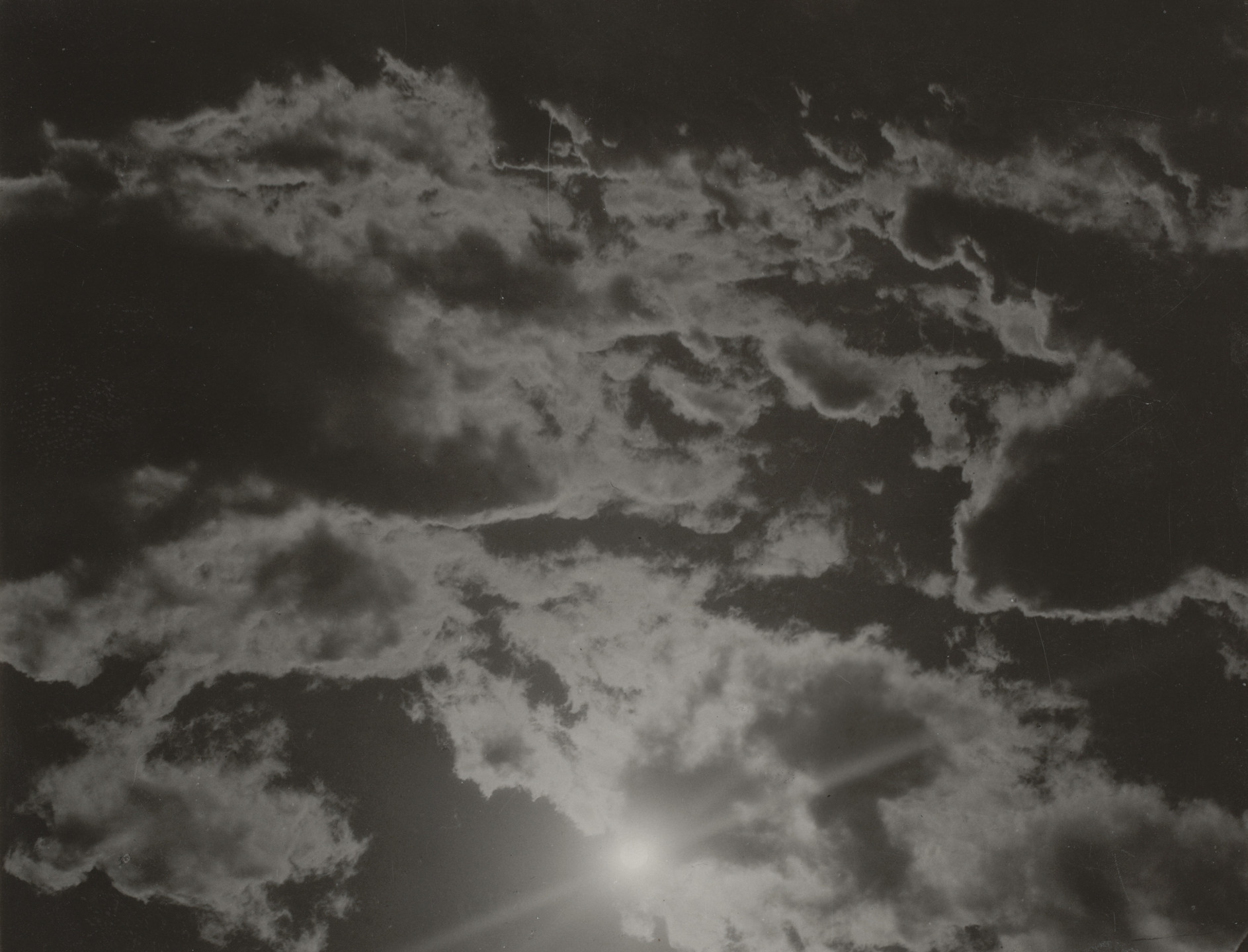

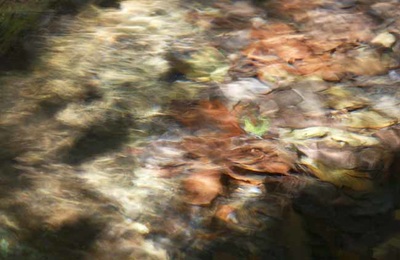
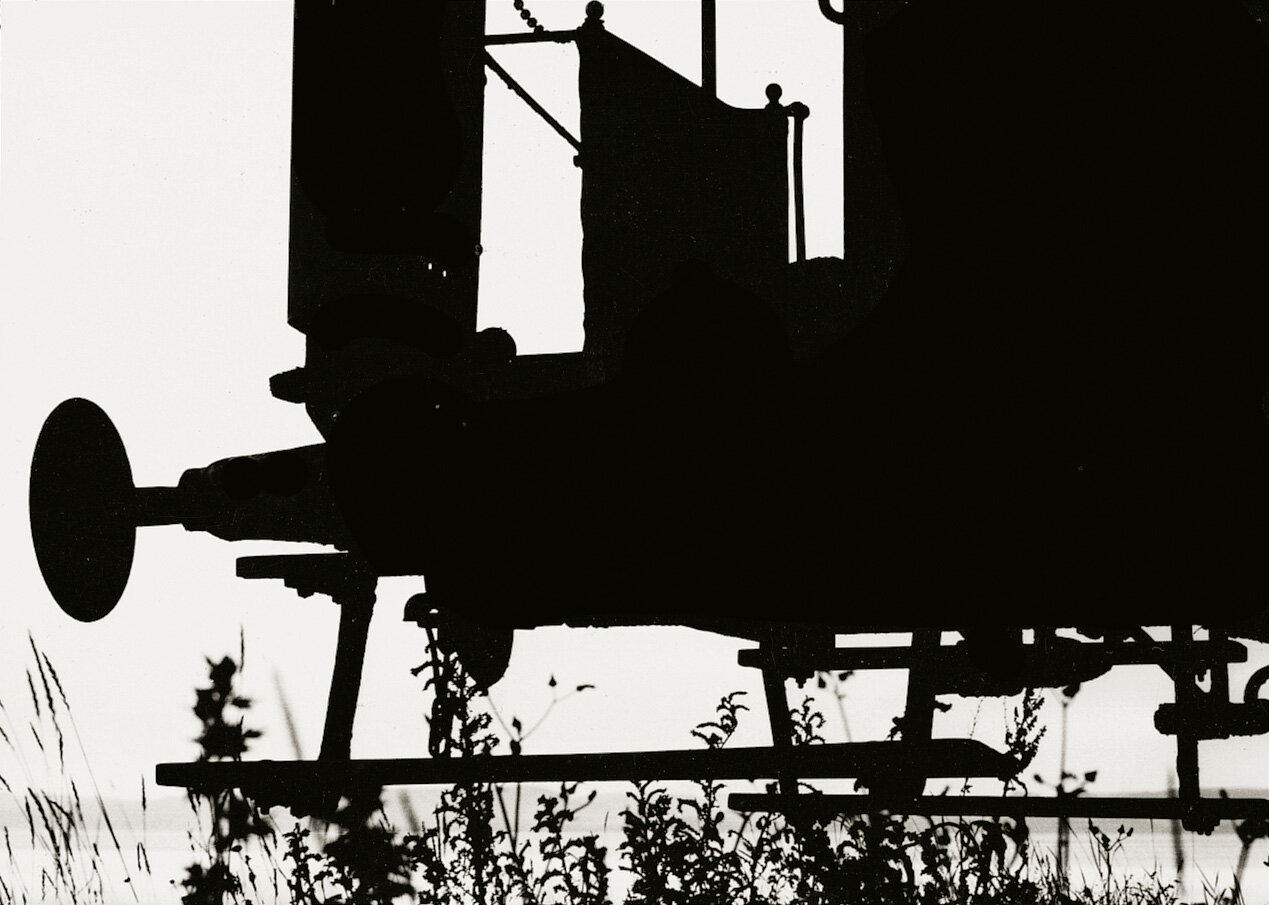
.jpg)



